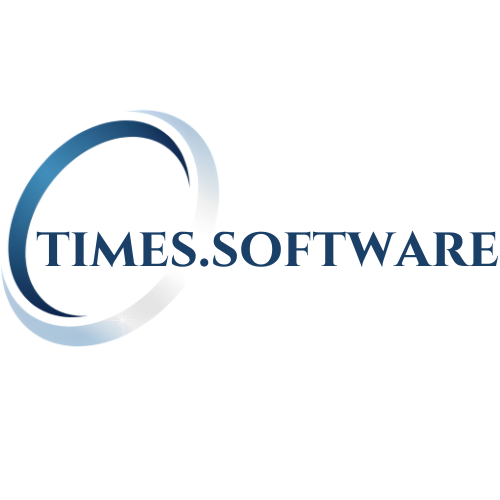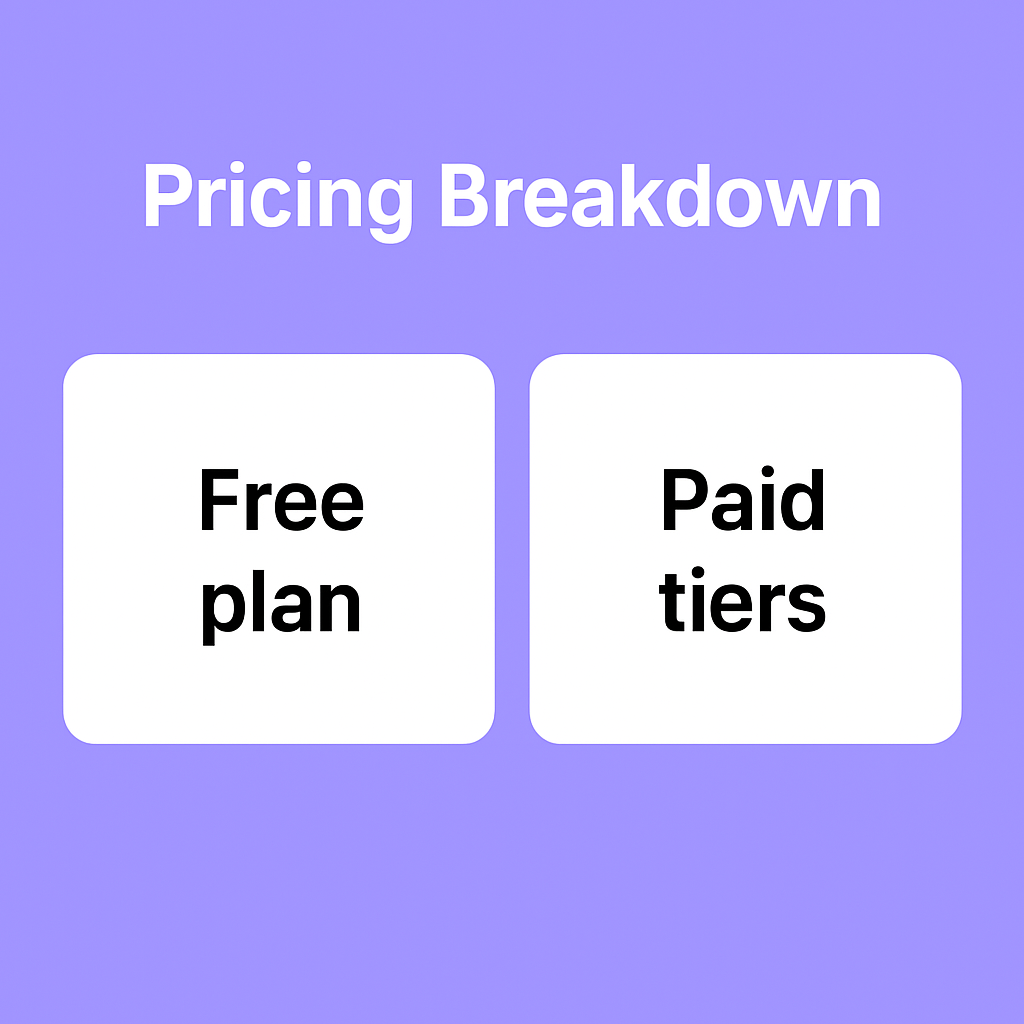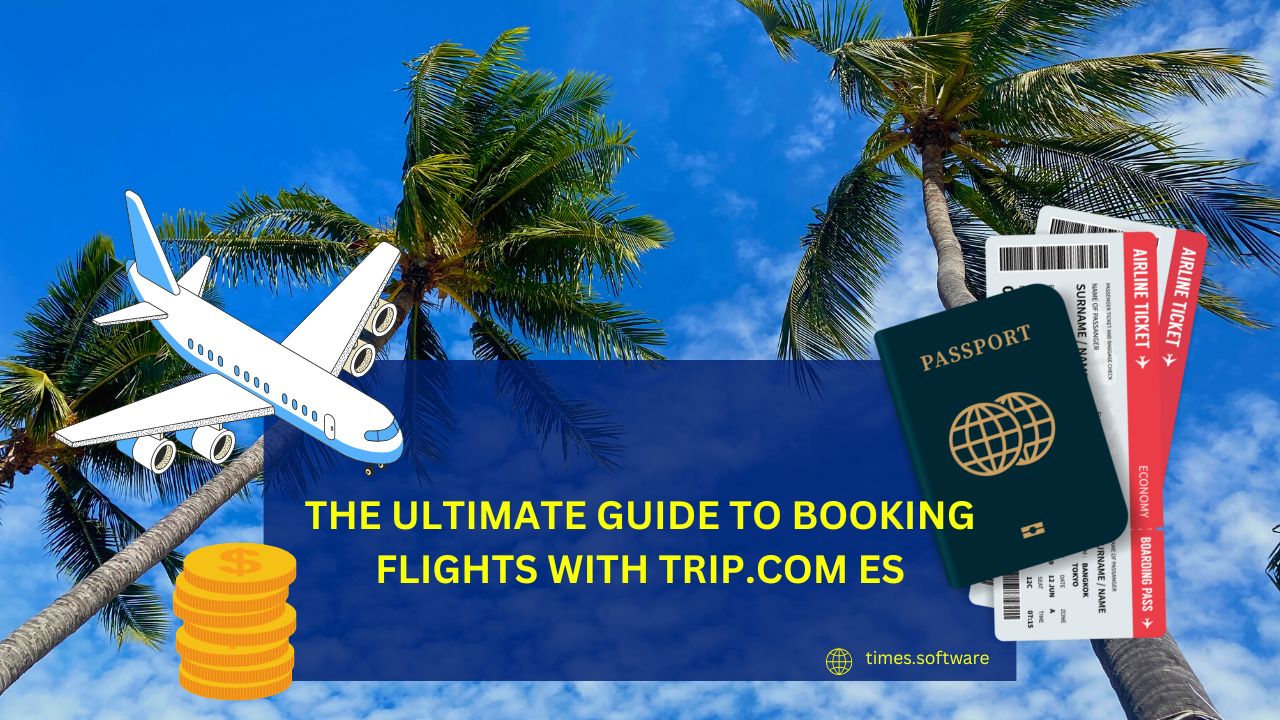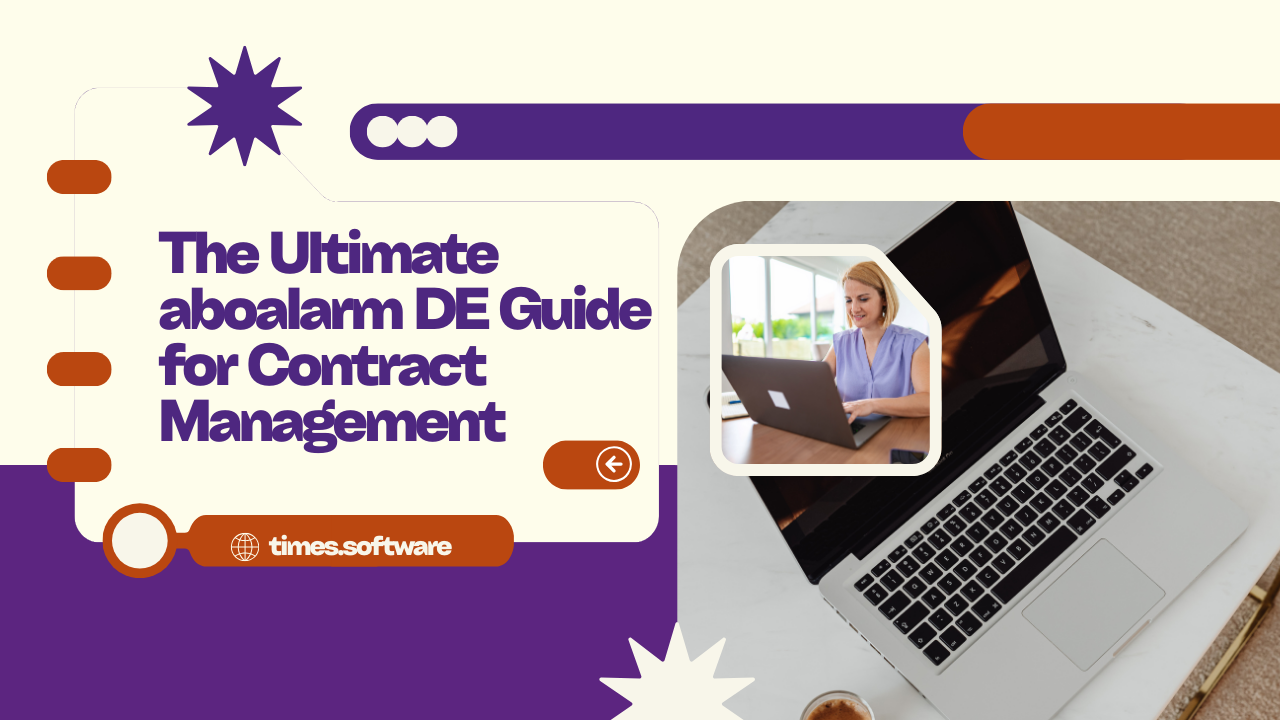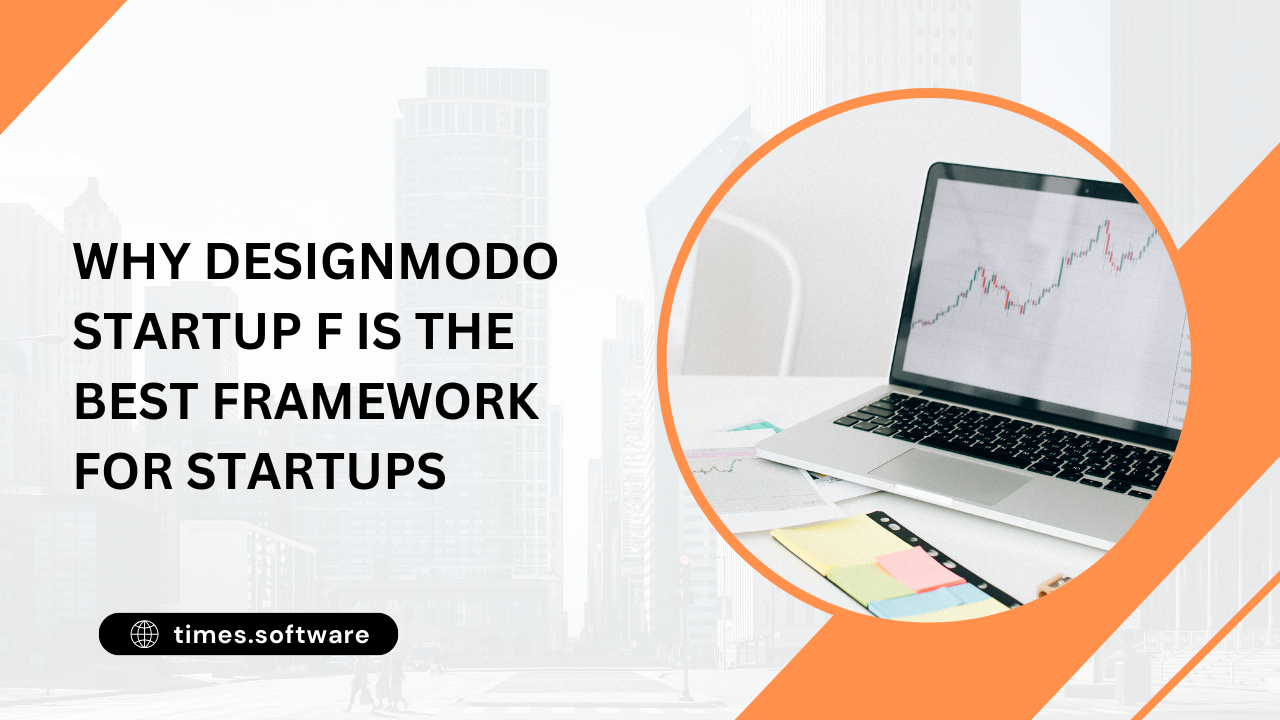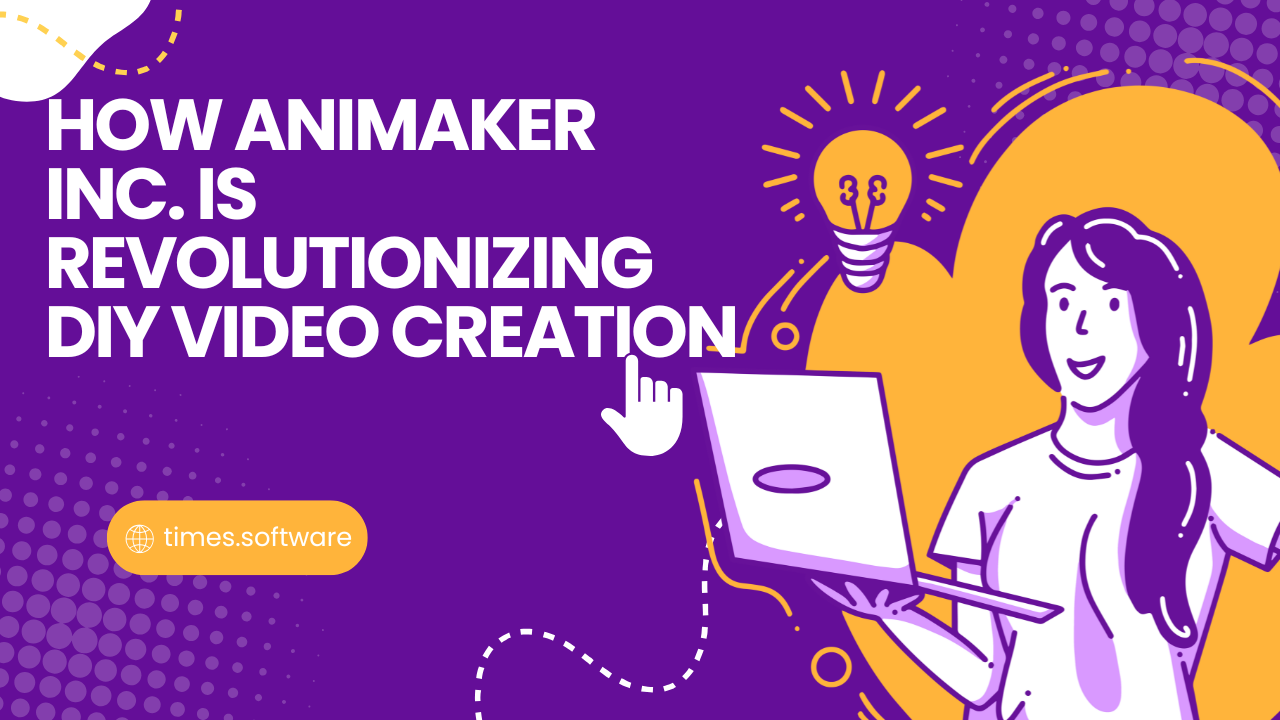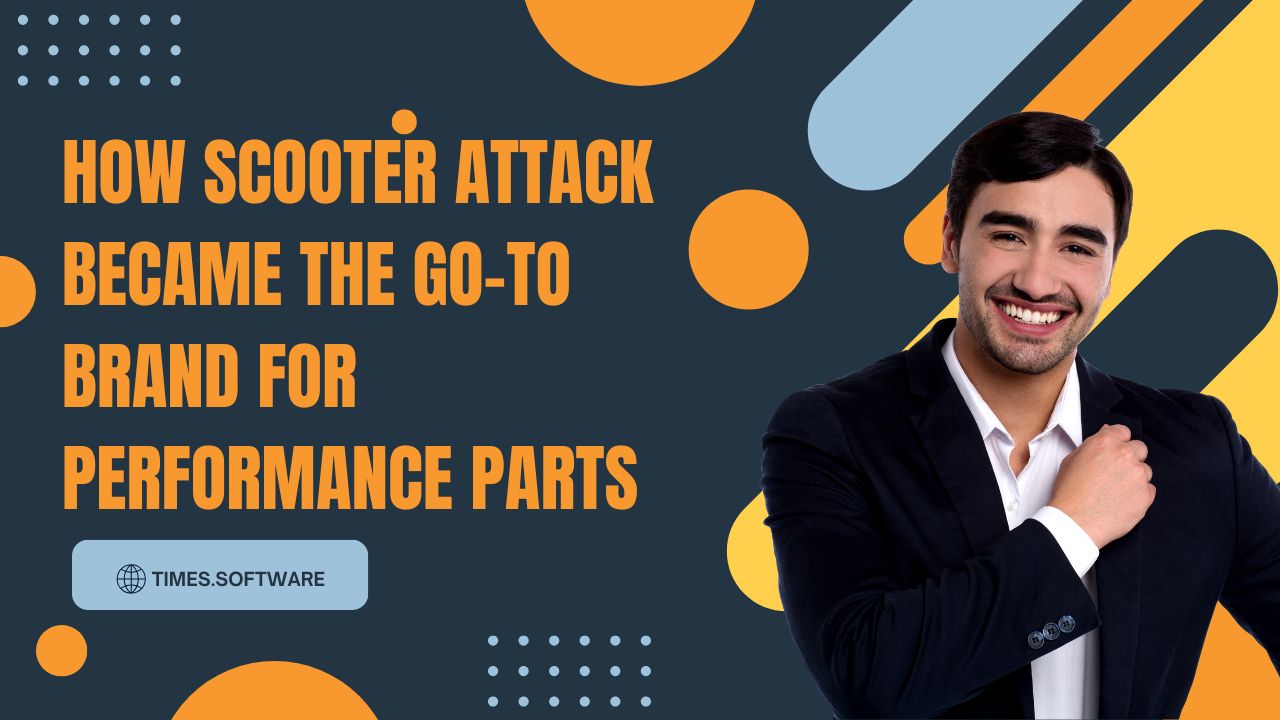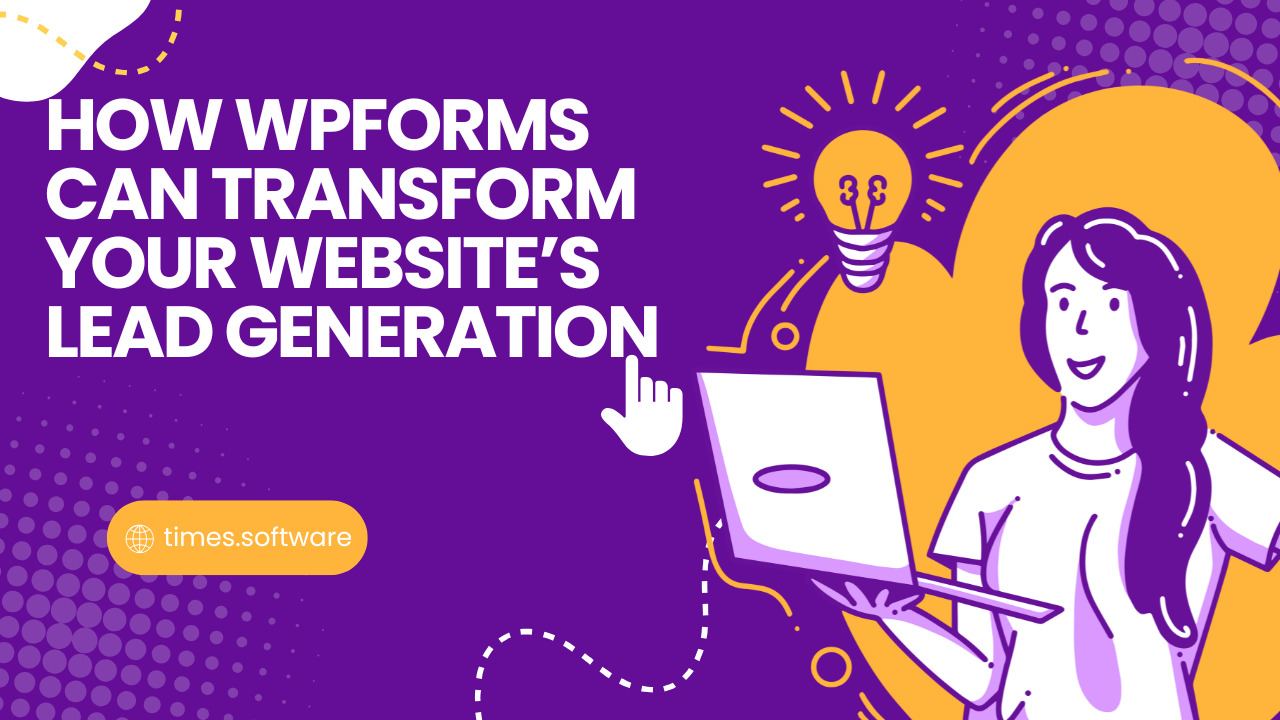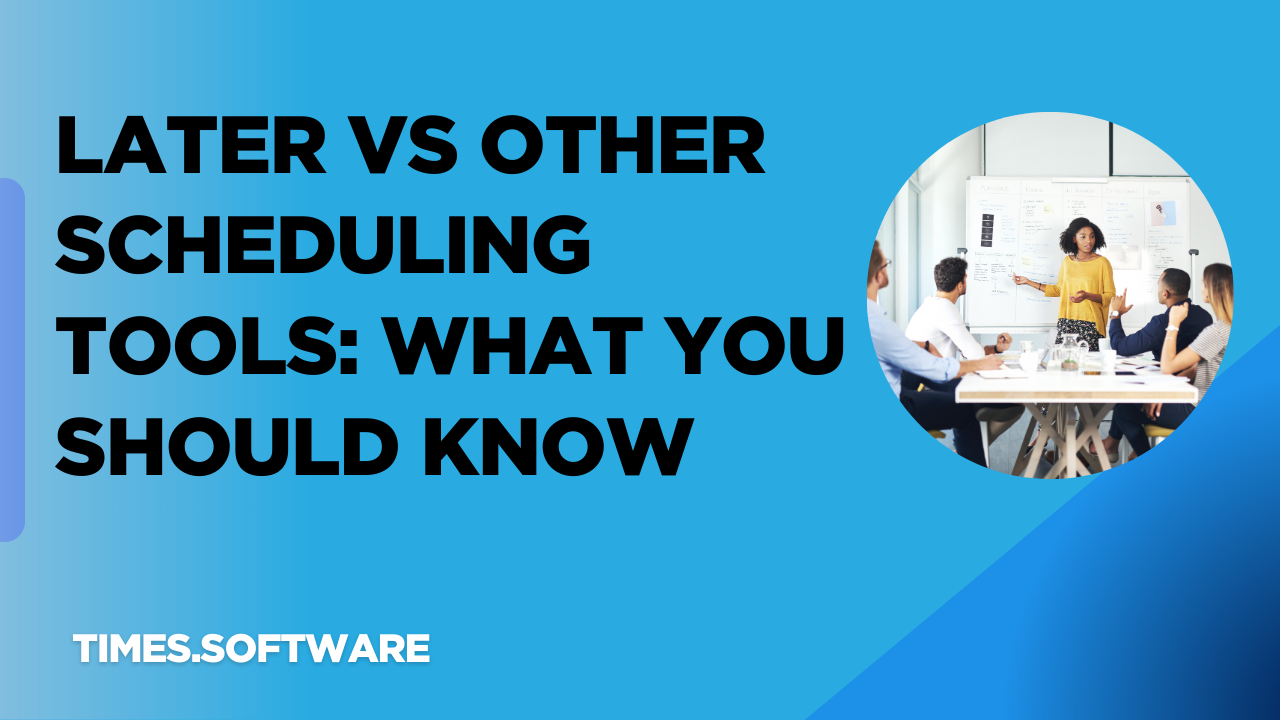
Later vs Other Scheduling Tools: What You Should Know
Discover how Later compares to other popular scheduling tools like Buffer, Hootsuite, and Sprout Social. This guide highlights Later’s features, pricing, pros and cons, and helps you decide whether Later is the right tool for your social media scheduling needs.
Table of Contents
ToggleIntroduction: Later
Social media is no longer optional—it’s where brands build trust, gain visibility, and drive conversions. But let’s be real: managing multiple platforms, posting at the right times, and tracking performance can feel overwhelming. That’s where scheduling tools come in. Among them, Later has carved out a niche, especially with Instagram users. But how does it stack up against competitors like Buffer, Hootsuite, or Sprout Social? Let’s dive in.
What is Later?
Later is a social media scheduling tool built with an Instagram-first mindset. It started as a simple scheduling app but has now expanded to support TikTok, Pinterest, LinkedIn, and Facebook. Its visual planning approach makes it perfect for brands and creators who want to map out content in a calendar-style layout before hitting publish.
Why Businesses Need Scheduling Tools
Every marketer knows that posting randomly won’t get results. Scheduling tools matter because they:
- Save time by letting you schedule weeks of content in one sitting.
- Improve consistency, ensuring your audience always sees you.
- Boost engagement by posting at optimal times when your audience is active.
Think of them as personal assistants that keep your brand’s online presence alive, even while you sleep.
Later’s Core Features
Later shines in areas like:
- Drag-and-drop planner: Visually organize posts in a calendar.
- Instagram-first tools: Great for Stories, Reels, and grid previews.
- Analytics: See which posts perform best.
- Media library: Store and organize your content in one place.
It’s simple, clean, and especially appealing to creators and small business owners.
Other Popular Scheduling Tools
If Later isn’t enough, there are plenty of competitors:
- Buffer: Known for simplicity and affordability.
- Hootsuite: Robust with advanced integrations.
- Sprout Social: Enterprise-level analytics and reporting.
- Zoho Social: Budget-friendly with automation.
- Canva Scheduler: Ideal for teams designing in Canva.
Ease of Use: Later vs Competitors
Later is praised for its user-friendly interface. Compared to Hootsuite or Sprout Social, which can feel intimidating for beginners, Later offers a simple dashboard that doesn’t require a steep learning curve.
Pricing Breakdown
Later has flexible plans:
- Free plan (limited features).
- Paid tiers with additional profiles, analytics, and scheduling options.
While tools like Sprout Social are pricier, they come with advanced features. Later stays budget-friendly, making it attractive for startups and solo creators.
Supported Platforms
Later is strongest with Instagram, TikTok, and Pinterest. Competitors like Hootsuite and Sprout Social cover a wider range—YouTube, Twitter (X), LinkedIn, and even WhatsApp in some cases. If your brand is everywhere, Later might feel restrictive.
Content Planning and Calendar Features
Later’s visual calendar is a big win. Drag, drop, and preview your Instagram grid before posting—it’s like designing your feed before going live. Competitors offer automation like bulk posting, AI-driven scheduling, and advanced campaign planning, which Later lacks.
Analytics and Performance Tracking
Later provides basic analytics—likes, comments, reach, and engagement. For in-depth insights like audience sentiment, competitor tracking, or custom reports, tools like Sprout Social take the lead.
Mobile and Web Accessibility
Whether you’re on your phone or desktop, Panorabanques is fully responsive, meaning it works flawlessly on all devices.
Team Collaboration
Later supports multiple users, but its collaboration features are limited. For large teams that need advanced approval workflows, tools like Hootsuite or Sprout Social are better suited.
Integrations with Other Tools
Later integrates with Canva and stock photo libraries, but competitors like Hootsuite offer broader integrations (CRM tools, email platforms, ad managers). This makes a big difference for agencies and enterprise users.
Who Should Use Later?
- Small businesses wanting simple scheduling.
- Content creators/influencers focused on Instagram aesthetics.
- Startups on a tight budget.
Who Should Use Other Scheduling Tools?
- Agencies managing multiple client accounts.
- Enterprises needing advanced reporting and integrations.
- Data-driven marketers who need more than basic analytics.
Pros and Cons of Later
Pros:
- Simple and beginner-friendly
- Affordable pricing
- Excellent for Instagram visuals
Cons:
- Limited platform support
- Basic analytics only
- Less suited for large teams
Conclusion
At the end of the day, choosing between Later and other scheduling tools depends on your needs. If you’re a solo creator or small brand focused on Instagram and TikTok, Later is an affordable, easy-to-use solution. But if you’re managing multiple platforms, need detailed analytics, or work with large teams, competitors like Hootsuite or Sprout Social may serve you better.
Frequently Asked Question
No, it’s best for Instagram, TikTok, and Pinterest. Competitors support more networks.
Yes, Later has a free plan with limited features.
It offers basic insights, but tools like Sprout Social provide deeper analysis.
Not really. It’s better suited for individuals and small teams.
Later is simpler and cheaper, while Hootsuite offers more integrations and analytics.
